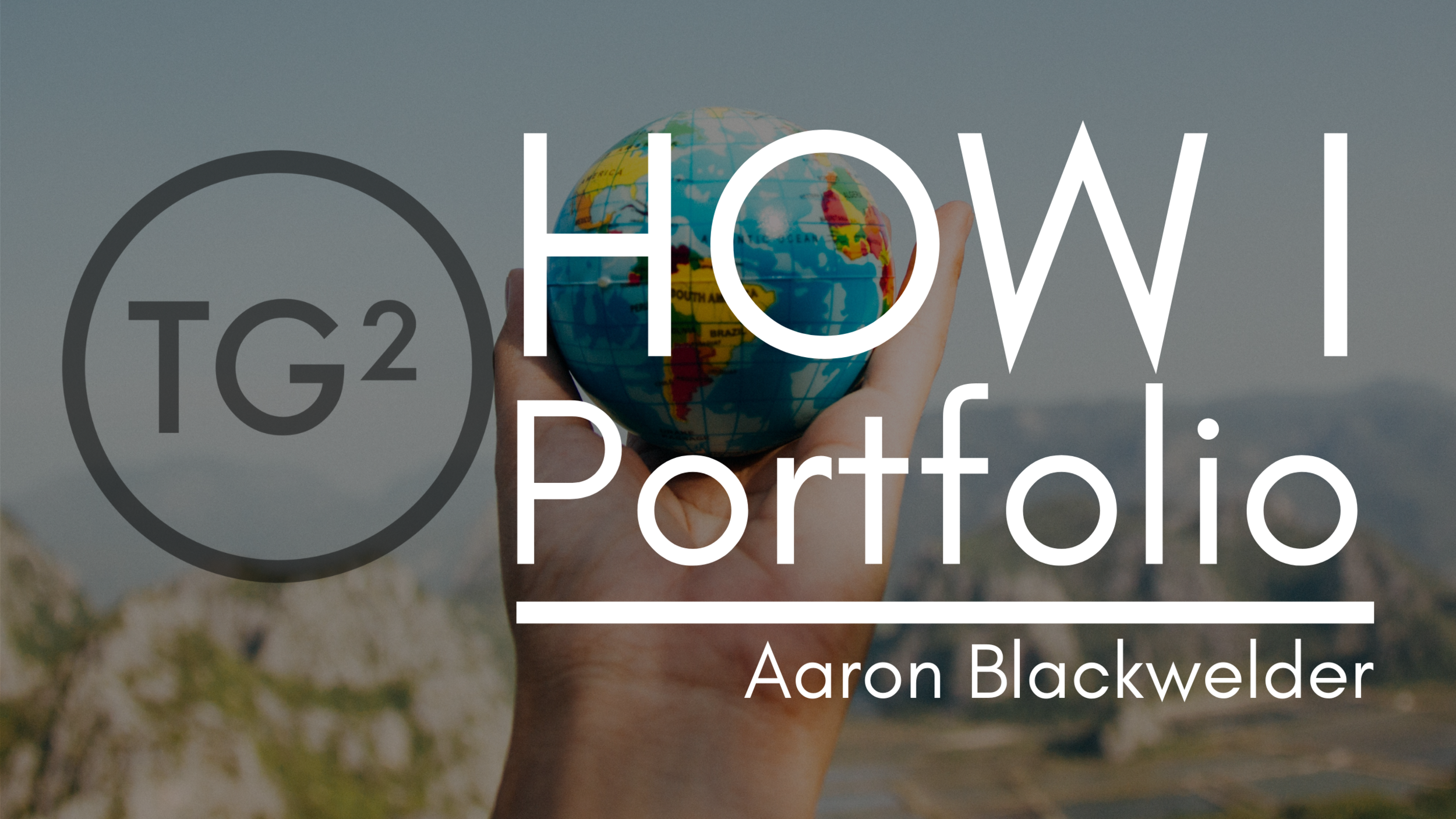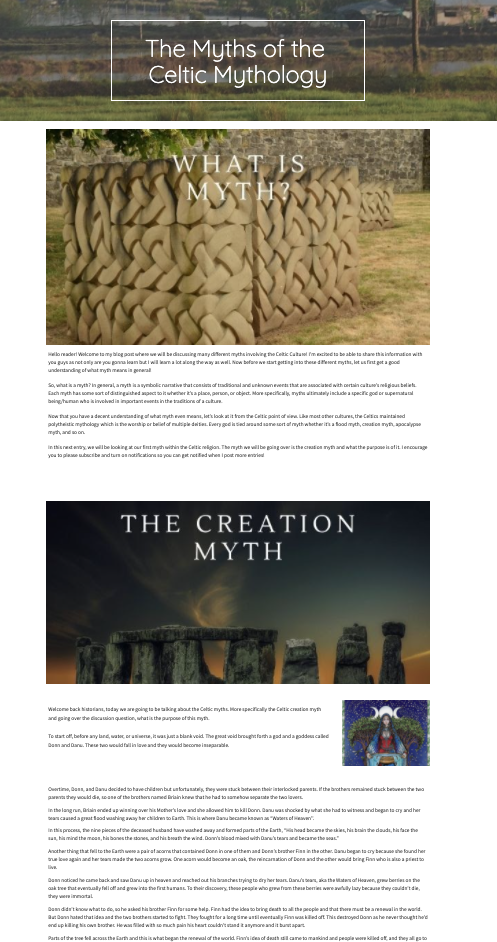How I Portfolio
I believe that learning is about the learner. And because of this, they should have a say in what they learn, how they learn, and to what extent they want to learn. Learning is an ongoing, reflective process. We think about what we learn and how we can apply our learning. Sometimes we aren’t really aware that we learned something until we are in a situation that requires us to apply the learning.
I also believe that school is an opportunity to expose learners to the opportunities that our content area has to offer them outside of school. Applying real-world, authentic assignments that are centered around the learner’s interests helps them see the importance of our content area and, ultimately, find joy in learning or discover something about themselves they never knew before.
I feel it is important for learners to curate the work they have done over the course of a class. When they look back on what they have learned it brings about a sense of confidence and accomplishment. However, there is no “one size” approach to building a portfolio. In this blog post, I will share a couple of ways that I have developed learner portfolios that allow my learners to showcase the content that engaged and challenged them in my class and reflect upon what new skills and understanding they have learned.
Google Sites
Google Sites is an excellent tool for building student portfolios. However, I use them not as a curation tool but rather as a creation tool.
In my Senior Mythology classes, students create some amazing content using Google Sites. However, I structure my class in a way that helps them build the skills to develop the content for their projects during the first part of the semester, and the second part of the class becomes a workshop.
In my Mythology class, we spend the first 12 weeks covering foundational content while introducing learners to ways they can communicate their ideas. We start by defining myth and students create short videos using PowToon defining myth and then showing how a myth of their choice meets their definition of myth. Then we go into the foundational myths: creation myths, flood myths, apocalyptic myths, afterlife, and pantheons. Students write blog posts, create podcasts, and videos sharing a myth, and develop the ideas and motifs that are found in these myths.
Example of student created websites
After students are exposed to the different cultures, foundational myths, and modes of communication they choose if they want to work independently or with a partner if they want to create a blog, podcast, or video channel, and they choose a culture they want to represent and develop a website to discuss what they have learned throughout the semester. Throughout the process, students rely on one another for peer review and I work as an editor providing feedback on their work so they feel confident about their published work.
I really like challenging my students to build sites because it challenges their creativity, provides them an opportunity to share their work with a greater audience, and they have the opportunity to explore tools that can help them be more marketable when they graduate and enter the greater world.
I also use Google Sites with my juniors. Throughout the semester we explore different American authors using some of the same tools. At the end of the semester, they choose an American author (does not need to be one introduced in class) and create a site around that author’s work.
In my class, learners have the agency to determine how many entries they would like to develop. In both my junior and senior classes there are contracts that help define how grades are earned. Here is a link to my junior grading contract and a link to my mythology grading contract.
Google Forms
My freshmen engage in a variety of projects throughout the semester. During the second semester, they write children’s books, create poetry books, and engage in debates about the Sustainable Development Goals. They conclude with a project where they engage with solutions to address prejudice, teen suicide, school discipline policies, grief, and teen romance after reading Romeo and Juliet. These projects are not interconnected like the ones my juniors and seniors create. Because of this, I have learners review their work and organize it in a Google Form.
Sample Google Form for a portfolio
Using Google Forms as a portfolio is fairly simple because it allows learners to upload copies of their work to the form. I can ask learners to reflect upon their work by asking them to discuss the strengths and weaknesses. I can create a question where learners can propose their semester grades.
After students complete their portfolios, I have them schedule an end-of-semester reflective conference with me. During this conference, I ask them questions about their responses and we discuss their work. Though it is set up like a formal conference, I try to make this conversation as informal as possible and I try to get the learner to talk the most during the conversation.
To help out, here is a link to a blog post I wrote several years ago about using Google Forms as a portfolio with a video showing how to set up Form Publisher and a link to a shared Google Folder with templates you are welcome to borrow whatever you like.
Conclusion
There are so many ways teachers can have their learners create portfolios. What’s important is to consider what you want students to do with their portfolios after the semester is over. For my freshmen, they are a means to showcase to their parents what they have done in my class throughout the semester. For my juniors and seniors, the website is an opportunity for them to publish and be part of a conversation on the internet. However, these portfolios are so much more. Portfolios are a tool to empower my students to look back on their learning and feel good about whey they accomplished and consider how they can use what they have learned beyond my class.
Aaron Blackwelder is a Washington State Teacher of the Year candidate, a Washington State English Teacher Fellow, boys and girls golf high school golf coach, a contributor to Spectrum Magazine, and is co-founder of Teachers Going Gradeless. Follow him on Twitter at @AaronSBlackwel1.



